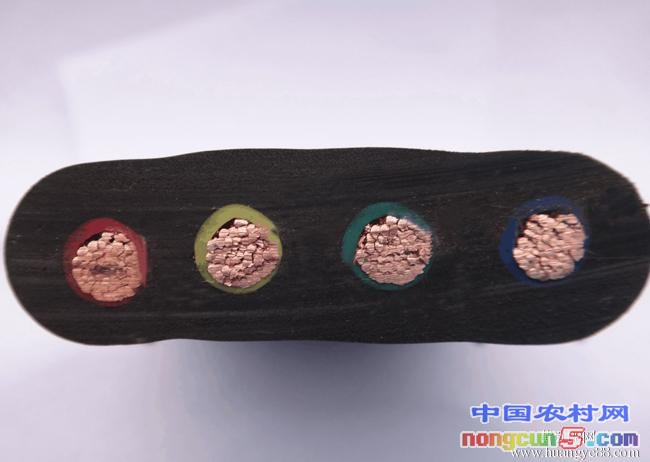
Influence of high voltage on insulation resistance: leakage current
絕緣材料在恒定電壓的作用下,總有一微小的泄漏電流通過。泄漏電流的大小與材料的電導率成正比,與其絕緣電阻成反比。將一塊固體絕緣材料兩端加上直流電壓,則流過其內(nèi)部(而非表面)的電流隨時間的變化趨勢如下圖所示所示。
Under the action of constant voltage, the insulating material always has a small leakage current. The leakage current is directly proportional to the conductivity of the material and inversely proportional to its insulation resistance. When DC voltage is applied to both ends of a piece of solid insulating material, the current flowing through its interior (not its surface) will change with time as shown in the figure below.
固體絕緣材料中的電流i與時間t的關(guān)系

The relationship between current I and time t in solid insulating materials
固體絕緣材料中的電流i與時間t的關(guān)系
The relationship between current I and time t in solid insulating materials
在接通電源的瞬間,充電電流ic可達到很高值,但迅速進入吸收電流階段。ia是由于介質(zhì)內(nèi)分子、離子等的極化造成的,其大小隨時間變化,也受電極形狀、介質(zhì)的種類以及溫度等的影響。吸收電流完全衰減至一恒定電流值ig往往需要數(shù)分鐘以上的時間,有的材料甚至需要幾小時至幾天的時間,ig稱為泄漏電流,它由介質(zhì)的絕緣電阻所決定。ia與ig的比值達數(shù)倍至數(shù)十倍。因此,如果在施加電壓后馬上測電流,并依此來計算絕緣電阻,則此電阻值顯著偏小。通常測試絕緣電阻時應以施加電壓1分鐘或10分鐘后的電流來求出。
At the moment of power on, the charging current IC can reach a very high value, but quickly enter the absorption current stage. IA is caused by the polarization of molecules and ions in the medium. Its size changes with time, and is also affected by the electrode shape, the type of medium and temperature. It usually takes more than a few minutes for the absorption current to completely decay to a constant current value Ig. Some materials even take a few hours to several days. Ig is called leakage current, which is determined by the insulation resistance of the medium. The ratio of IA to Ig is several to dozens of times. Therefore, if the current is measured immediately after the voltage is applied and the insulation resistance is calculated according to this, the resistance value is significantly smaller. Generally, the insulation resistance shall be measured by the current after applying voltage for 1 minute or 10 minutes.
泄漏電流對溫度的高低也有反映。溫度越高、泄漏電流越大,相應的絕緣電阻也越小。固體材料的絕緣電阻隨溫度的增加而下降。
The leakage current also reflects the temperature. The higher the temperature, the greater the leakage current, the smaller the insulation resistance. The insulation resistance of solid materials decreases with the increase of temperature.
絕緣電阻(或介質(zhì)電導)的數(shù)值與電壓有關(guān),通常在介質(zhì)接近擊穿時,有顯著的、快速增加的自由電子導電現(xiàn)象,這時阻值將劇烈下降。
The value of insulation resistance (or dielectric conductivity) is related to the voltage. Generally, when the dielectric is close to breakdown, there is a significant and rapid increase of free electron conductivity, at this time, the resistance will drop sharply.
如下圖所示為固體介質(zhì)的典型電流一電壓特性。其中可劃分為三個階段。在階段a:電壓與電流的關(guān)系服從歐姆定律;在階段b:電流與電壓 幾乎成指數(shù)關(guān)系;在階段c:電流將隨電壓急劇增加直至擊穿。
As shown in the figure below, typical current voltage characteristics of solid media are shown. It can be divided into three stages. In stage a, the relationship between voltage and current obeys Ohm's law; in stage B, the relationship between current and voltage is almost exponential; in stage C, the current will increase sharply with voltage until breakdown.








